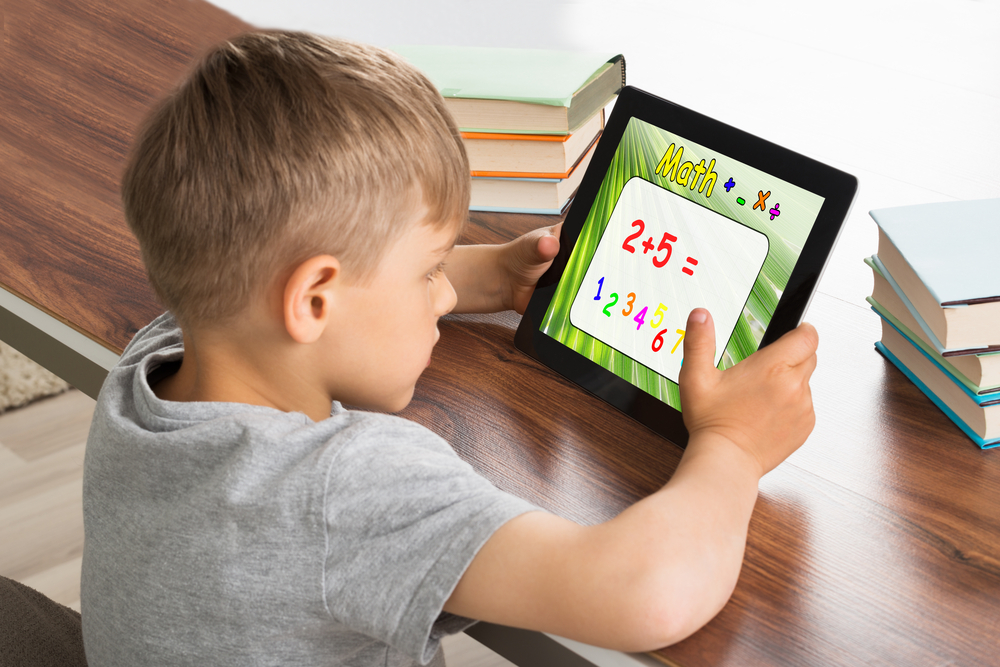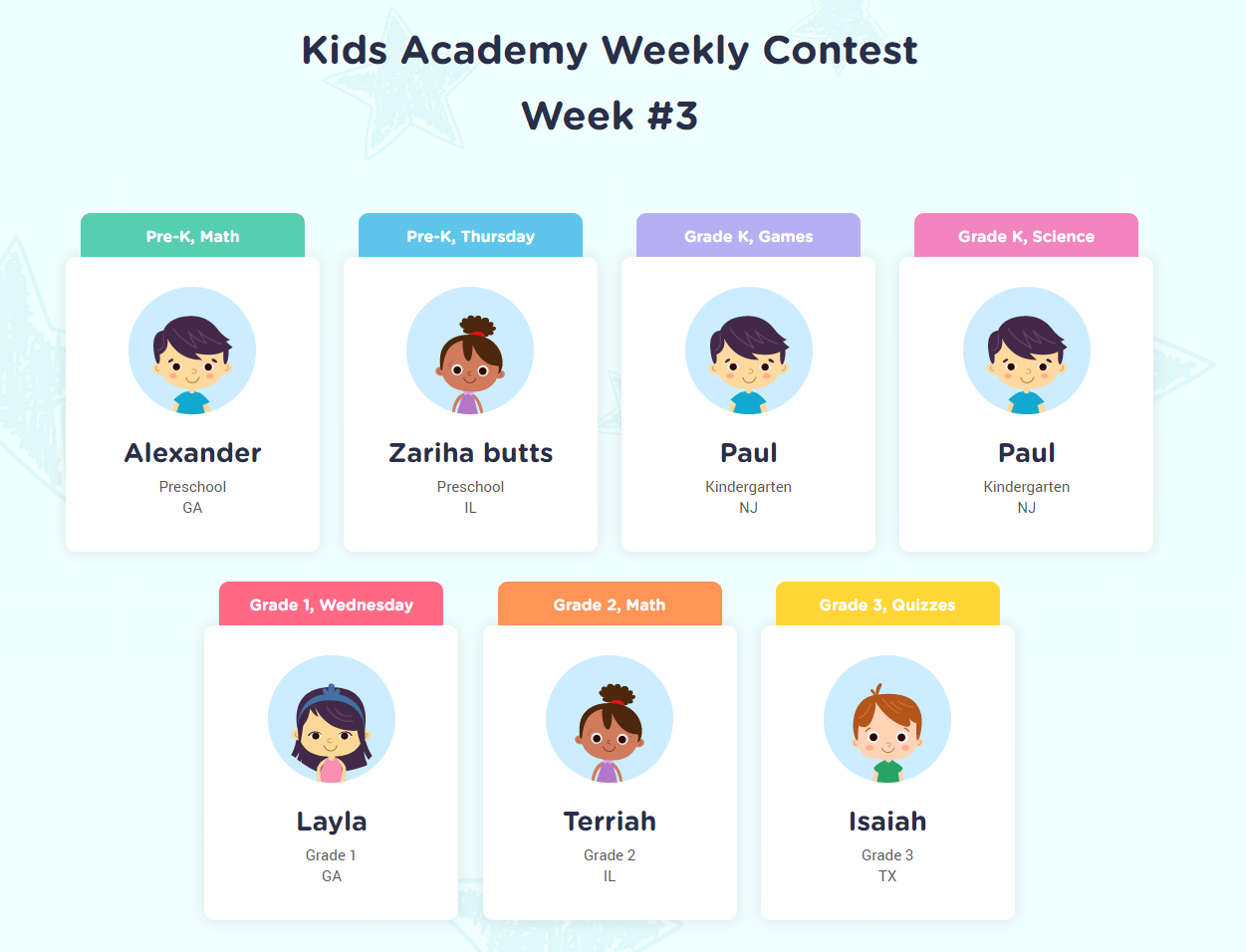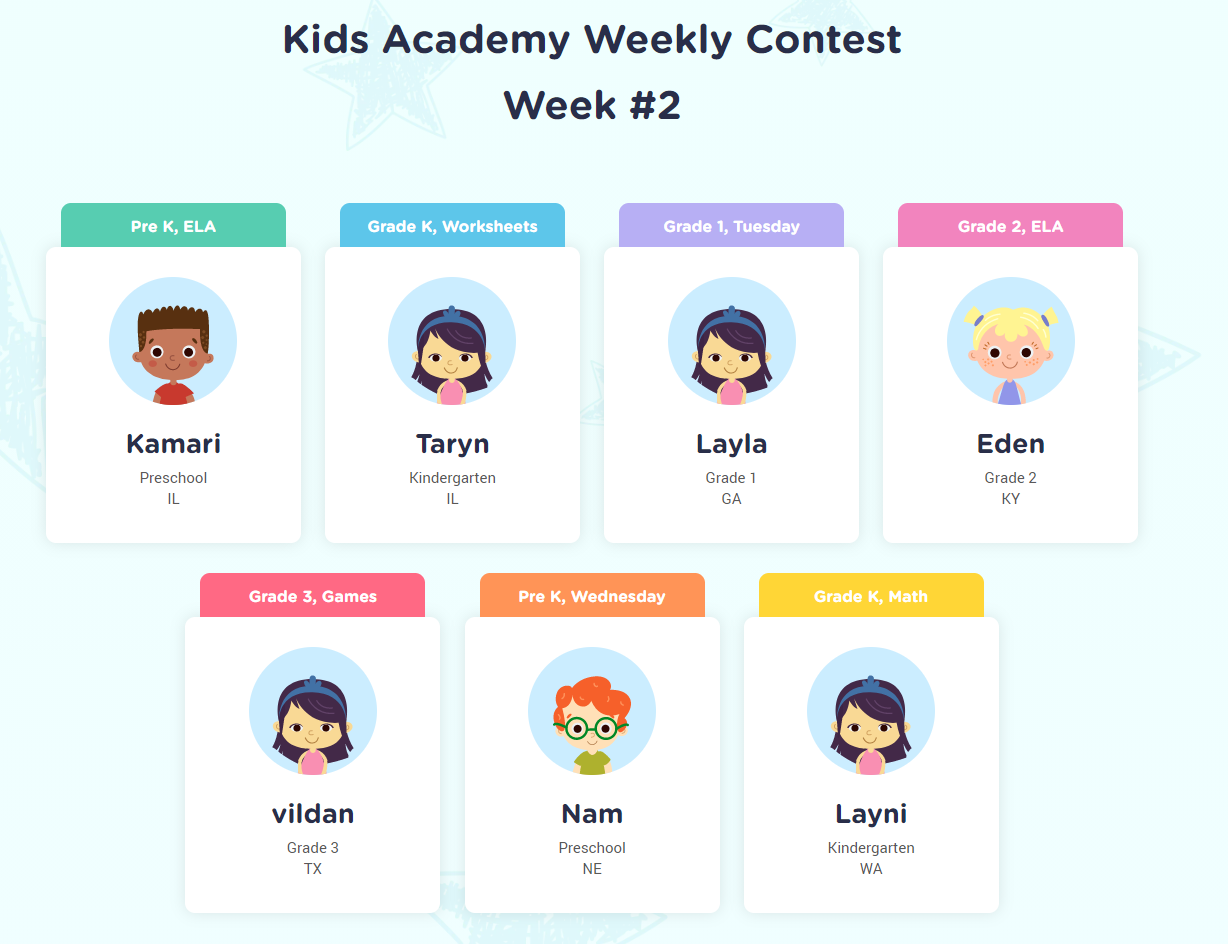Spatial awareness Science Worksheets for Ages 5-7
7 filtered results
-
From - To
Discover our engaging Spatial Awareness Science Worksheets designed specifically for children ages 5-7. These worksheets help young learners develop essential foundational skills for understanding space, patterns, and dimensions in the world around them. Featuring fun and interactive activities, your child will explore concepts such as shape recognition, spatial orientation, and visual discrimination. Each worksheet is thoughtfully crafted to promote critical thinking and problem-solving abilities in a playful manner. Whether in the classroom or at home, our Spatial Awareness worksheets will captivate your child's imagination while building vital science skills. Enhance their learning experience today with our printable resources!
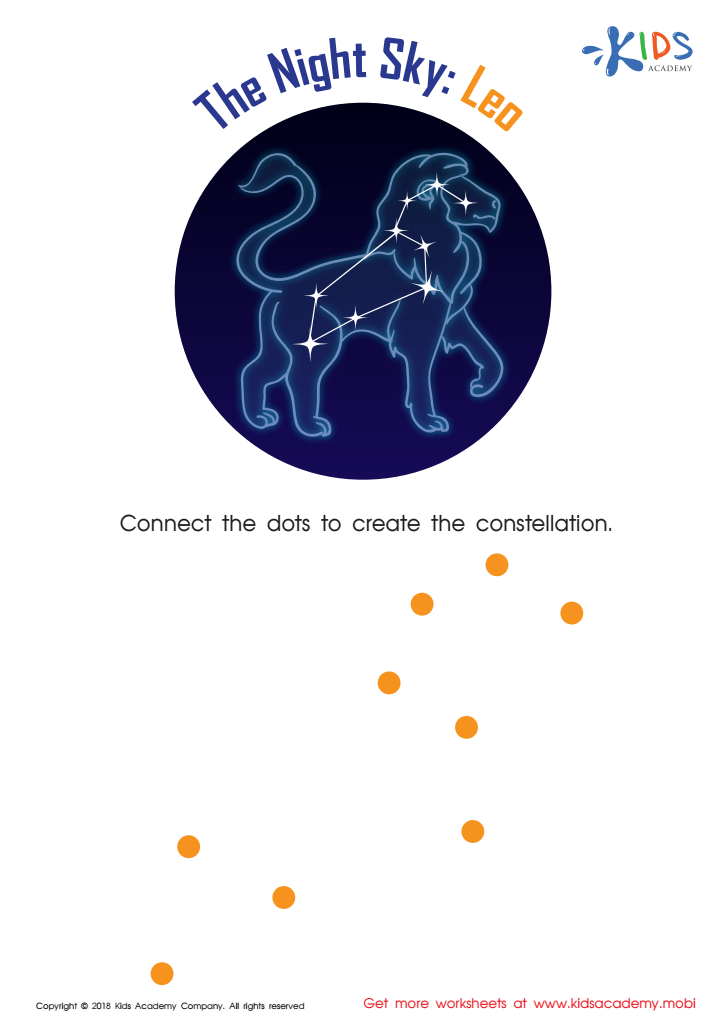

The Night Sky: Leo Worksheet
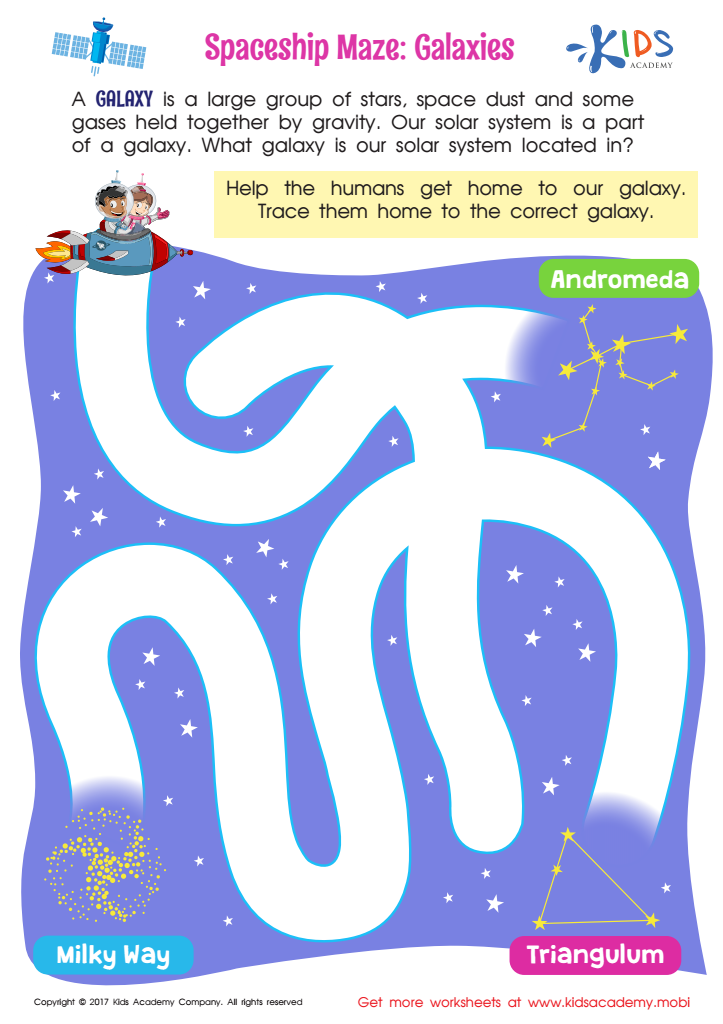

Spaceship Maze: Galaxies Worksheet
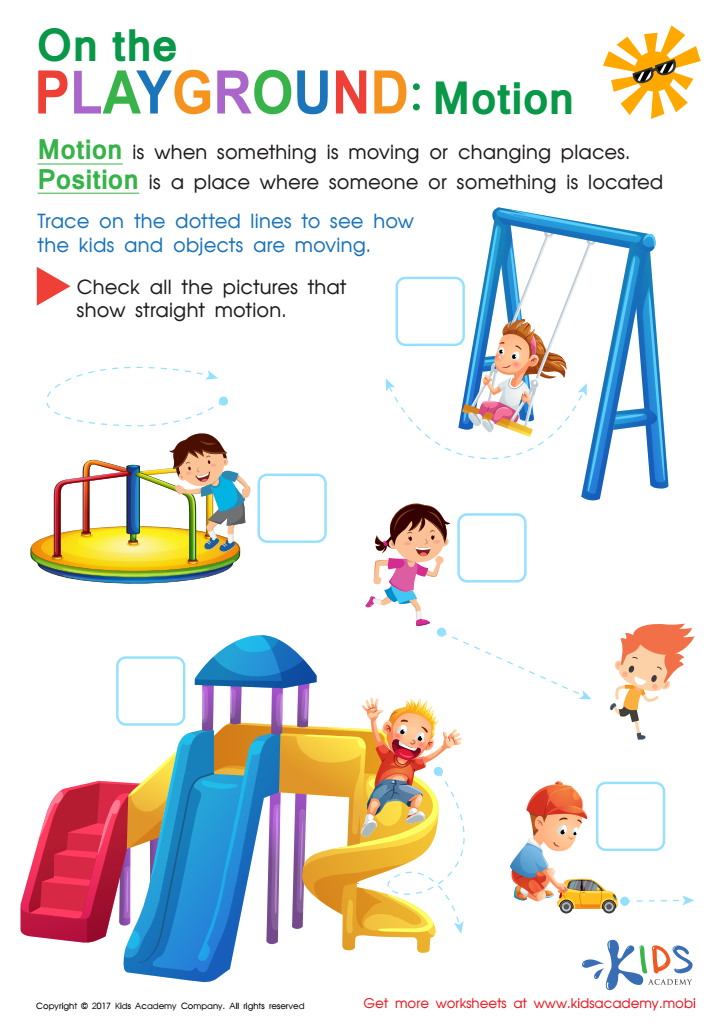

Position and Motion Worksheet
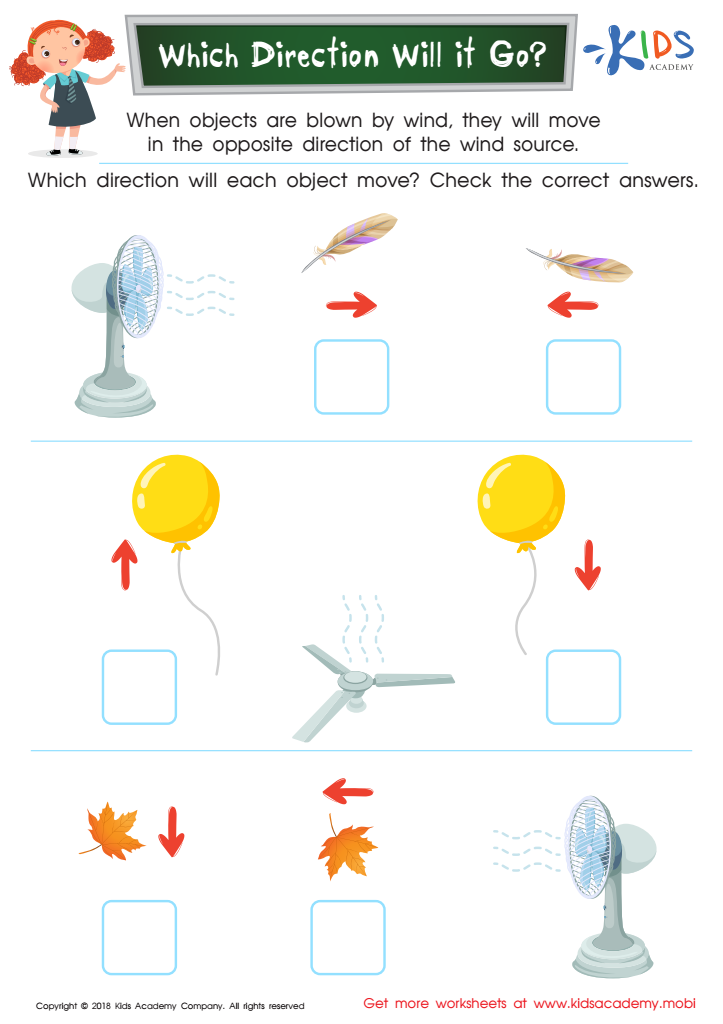

Which Direction Will it Go? Worksheet
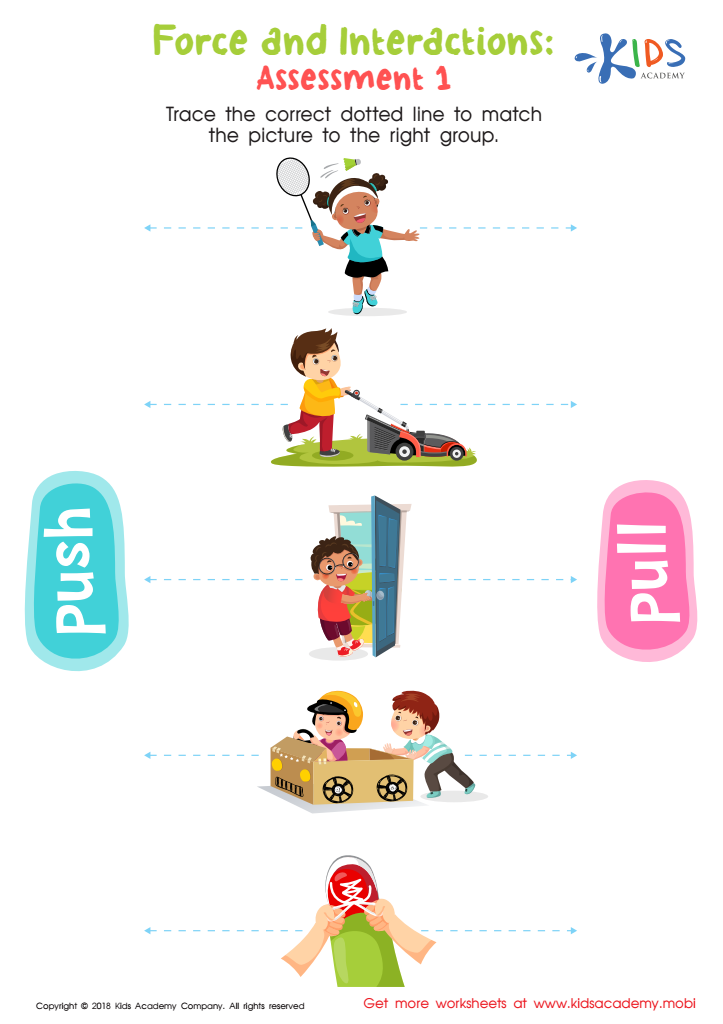

Force and Interactions: Assessment 2 Worksheet
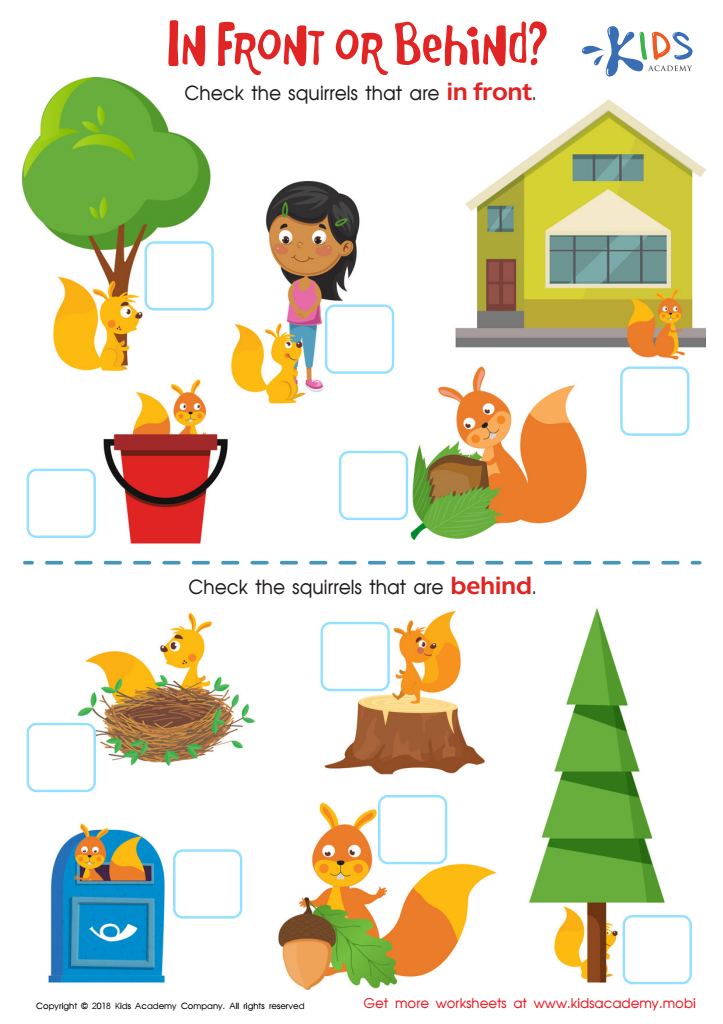

In Front or Behind: Part 2 Worksheet
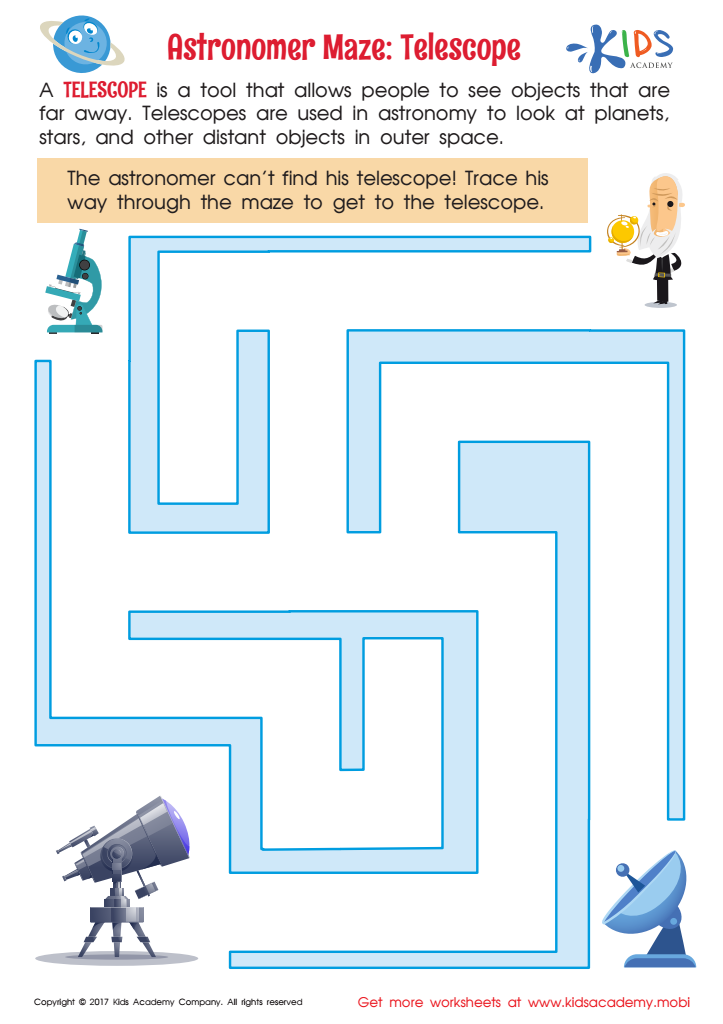

Astronomer Maze: Telescope Worksheet
Spatial awareness is a fundamental skill that significantly impacts a child’s overall development, especially in the early grades. For children aged 5 to 7, cultivating spatial awareness enhances their ability to understand and interact with their environment. This skill is vital for various subjects, particularly in mathematics, where spatial reasoning is crucial for grasping concepts such as geometry, measurement, and even basic arithmetic.
Parents and teachers should care about spatial awareness because it fosters critical thinking and problem-solving abilities. When children learn to visualize and manipulate objects in space, they enhance their creativity and innovation. Engaging in activities that promote spatial awareness—like puzzles, construction play, or mapping games—encourages teamwork, communication, and social skills.
Moreover, spatial awareness is interconnected with motor skills, which are essential for everyday tasks such as writing, drawing, and sports. Developing this awareness at an early age sets the groundwork for future academic success and contributes to confidence in learning.
Incorporating spatial reasoning activities into the curriculum not only makes learning enjoyable but also equips children with essential skills for life. Thus, parents and teachers play a pivotal role in nurturing these capabilities, ensuring well-rounded and capable young learners.
 Assign to My Students
Assign to My Students






